Belami Hybrid Onion is a Goudami type onion, adapted to the tropical short-day conditions with excellent storage ability. The bulb has a brownish-purple skin, Flattened thick shape, Medium to big size, and it is very pungent. Belami hybrid onion matures between 105 to 110 days after transplanting.
Planting Belami Hybrid Onion
Sun, Soil, & Amendments
Choose a location in your garden that receives full sun. Some varieties of green onions can handle partial shade, but all onions grow best in ample sun. If your garden is on the shady side, choose short-day varieties to encourage bulb development. Onions grow most happily in moderately rich, well-draining soil. Amend clay soil with organic matter (e.g. compost) or potting soil to improve drainage.
Before planting, amend the soil with a balanced, mild, slow-release fertilizer such as this organic all-purpose blend. I also recommend lightly working in well-aged compost and/or worm castings to the top couple inches of soil. Avoid high-nitrogen fertilizers. Excess nitrogen will encourage ample green top growth but at the expense of the bulb. During the growing season, we water our onions at least once with homemade compost tea.
It’s also a great idea to inoculate the soil with mycorrhizae, either by applying some to the soil or watering with a mycorrhizae solution after transplanting. Mycorrhizae are beneficial fungi that promote healthy root development and nutrient uptake for all plants. However, onions are especially reliant on root-mycorrhizal partnerships to take up phosphorus that’s essential for their growth!
Water
Onions have shallow root systems, so it is important to keep them well-watered. A lack of consistent water will result in smaller onion bulbs. Adding a layer of mulch around the onions is an excellent way to prevent the soil from easily drying out. We love to use compost as mulch! It is a dual purpose since it helps feed the soil as well as retain moisture. Remember, good drainage is crucial too! Soggy soil or standing water increases the chances of onions rotting.
Harvesting
Once the onion bulbs form, you could technically harvest them whenever you’d like to use one. Yet for maximum storage potential as dry bulbs, you must allow them to grow until they reach full maturity. Onions are mature and ready to harvest once the main stalk gets weak, thin, and starts to flop over. The greens will also start to turn yellow or brown, especially at the tips. If your onion stalks don’t start to fall over on their own but you want to harvest them soon, you can also manually bend or push the stalks over a few days prior to harvesting to expedite the process. When the time is right, pull the plants up but leave them lying on top of the soil to dry for a day or two. Onions are susceptible to bruising, so be gentle when you harvest. Avoid accidentally puncturing the skin or flesh – they won’t hold up in storage if damaged
Storage
Belami Hybrid Onion has a very long storage ability if stored in a well-ventilated room and protected from the rain.

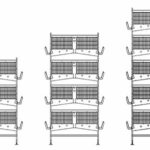



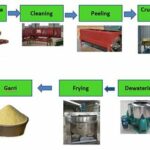

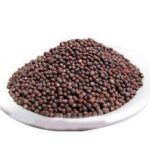





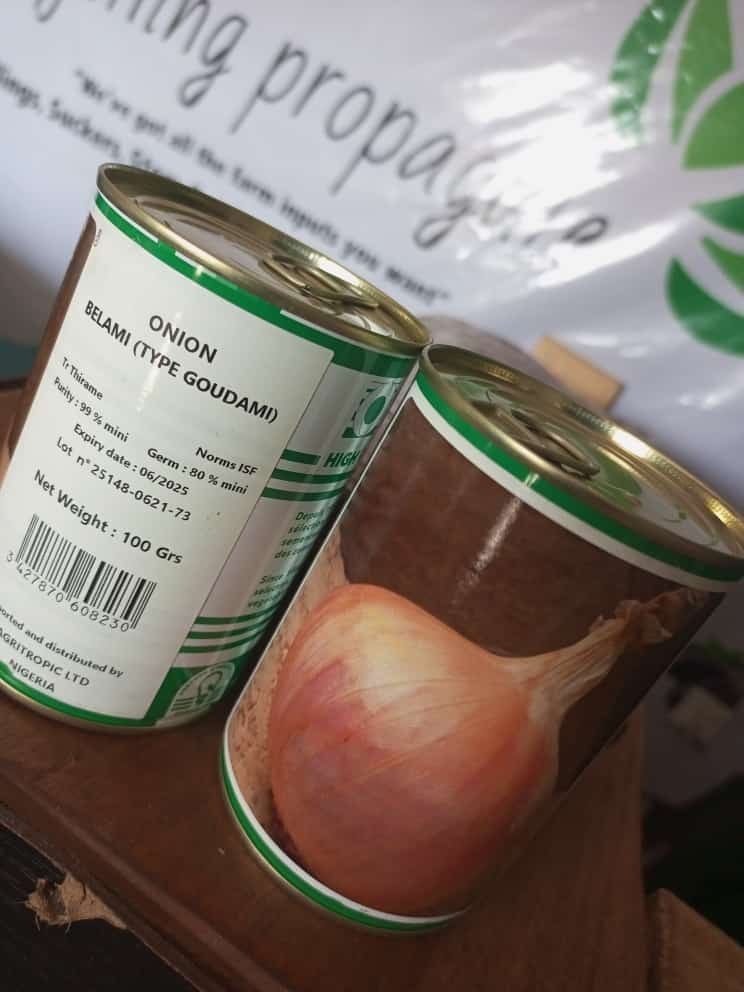
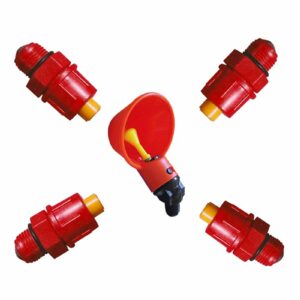


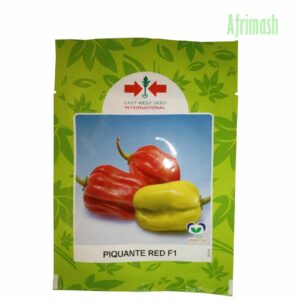
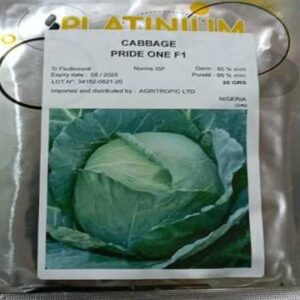

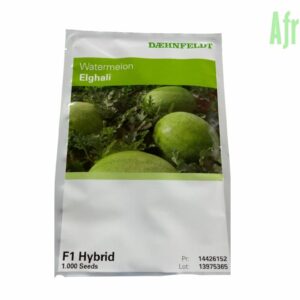
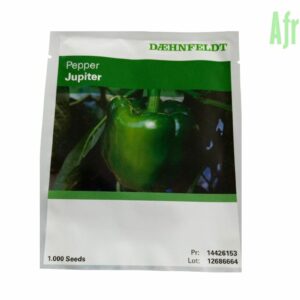
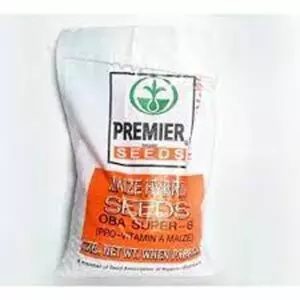
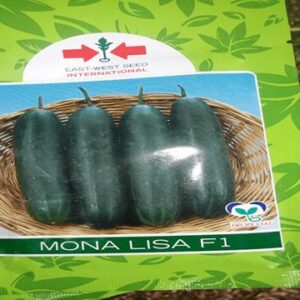
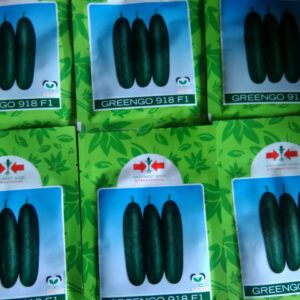
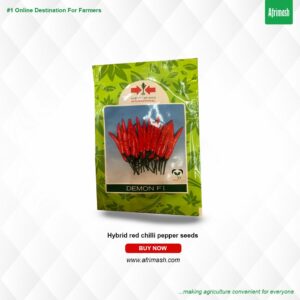
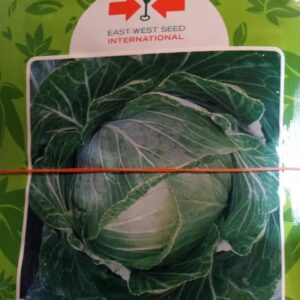
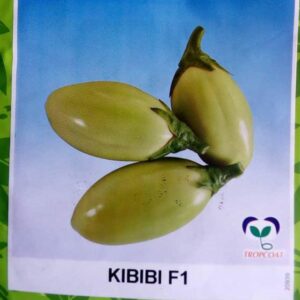
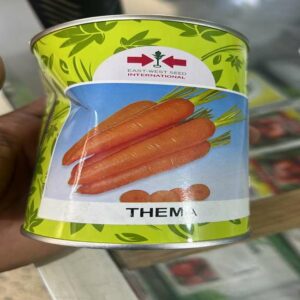
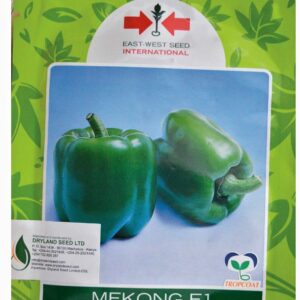

Reviews
Clear filtersThere are no reviews yet.